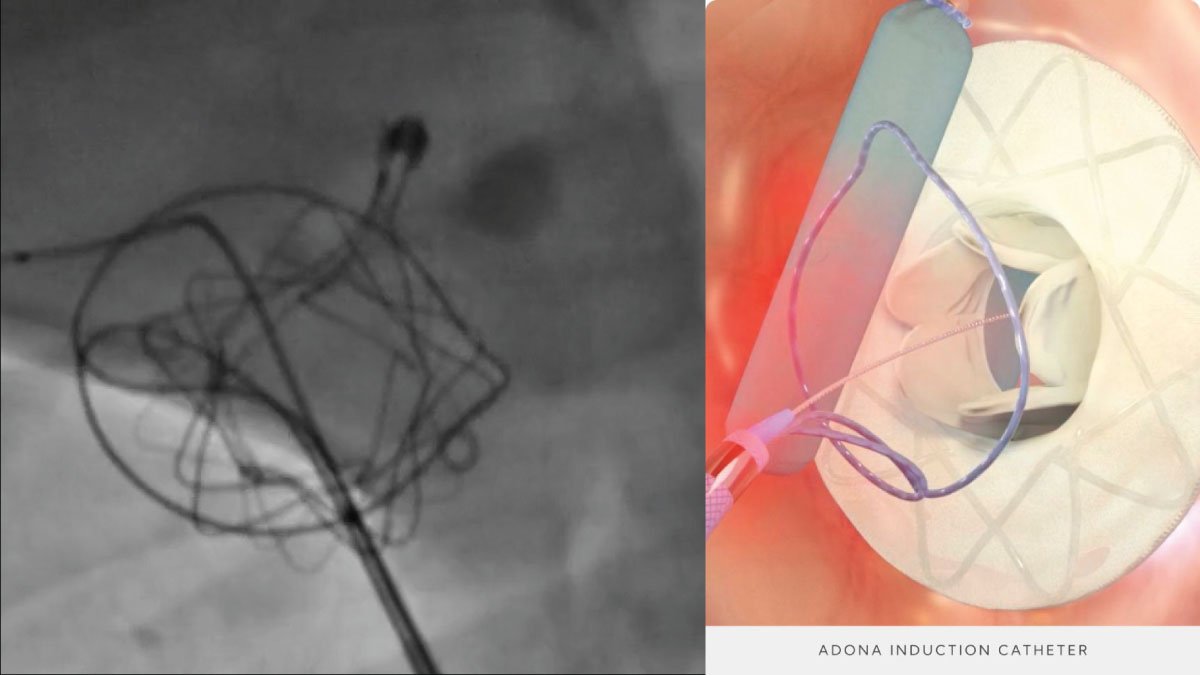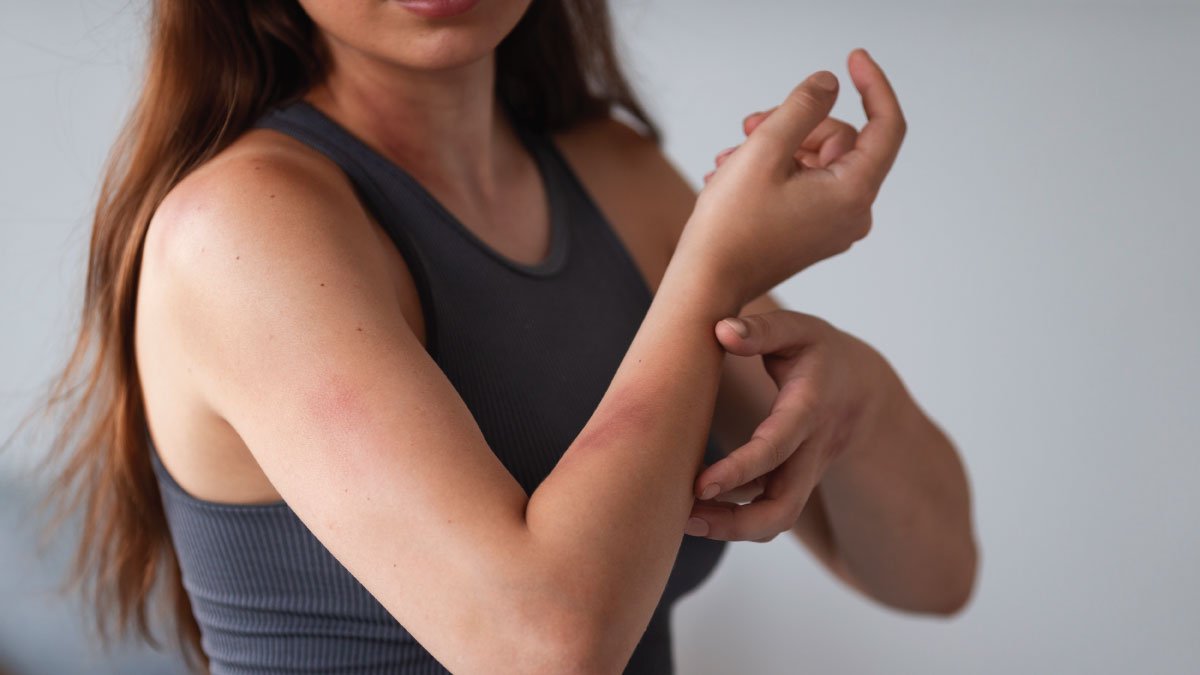Shoulder Joint: Understanding Its Structure and Function

One of the most complex and versatile joints in the human body, the shoulder joint plays a vital role in various arm movements. Understanding its structure and function is important for anyone interested in biology or health care. In this article, we discuss the anatomy, mechanics and meaning.
Anatomy of the shoulder joint
The shoulder joint is primarily a Ball and socket type synovial joint known scientifically as the glenohumeral joint. It consists of the humerus (upper arm bone) and the scapula (shoulder bone). The head of the humerus fits into the shallow glenoid cavity of the scapula, forming a joint. This structure allows a wide range of motion, making them very flexible but susceptible to injury.
The shoulder joint is supported by several other joints, including the acromioclavicular joint, the sternoclavicular joint, and the scapulothoracic joint. These joints work together to provide stability and mobility in the upper limbs.
Ligaments and Muscles
Ligaments play a vital role in stabilizing the shoulder joint. Important ligaments include humeral ligaments, transverse ligaments (superior, middle and inferior). These ligaments connect the bones and help maintain the integrity of the joint.
The muscles surrounding them are essential for movement and stability. Of particular importance is the rotator cuff, which includes the supraspinatus, infraspinatus, teres minor and subscapularis muscles. These muscles work together to hold the humeral head in the glenoid socket, facilitating smooth, controlled movements.
Shoulder Joint Movements
The shoulder joint allows for a wide range of movements, including flexion, extension, abduction, adduction, rotation, and abduction. This wide range of motion is due to the unique ball and socket structure and the coordinated action of muscles, ligaments and tendons.
Bending and stretching requires moving the arm back and forth. Abduction moves the arm away from the body, while adduction brings it back toward the body. Rotation allows the hand to rotate around its axis and circumcision allows the hand to move in a circle.
Common Shoulder Joint Problems
Despite its versatility, the shoulder joint is susceptible to a variety of problems such as dislocations, rotator cuff tears, and arthritis. Dislocations occur when the head of the humerus slips out of the glenoid socket, often due to trauma. Rotator cuff tears damage the muscles or tendons surrounding the joint, causing pain and limited range of motion.
Arthritis, including osteoarthritis and rheumatoid arthritis, can affect them, causing inflammation, pain, and stiffness. These conditions are often caused by wear and tear, autoimmune diseases, or previous injuries.
Importance of Shoulder Joint Health
Maintaining health is essential for overall upper extremity function and quality of life. Regular exercise, correct posture and avoiding excessive tension help prevent injuries. Strengthening the muscles surrounding the shoulder joint, especially the rotator cuff, can improve stability and reduce the risk of injury.
In the case of injuries or chronic diseases, early diagnosis and appropriate treatment are essential. Physiotherapy, medication and, in severe cases, surgical procedures may be necessary to restore function.
Conclusion
The shoulder joint is a remarkable structure that allows a variety of arm movements. Its complex anatomy and the interaction of bones, ligaments and muscles make it both flexible and vulnerable. Understanding the structure and function is critical to maintaining its health and treating potential problems. By taking preventive measures and seeking timely medical attention when necessary, we can ensure that our shoulders remain strong and functional throughout our lives.




















